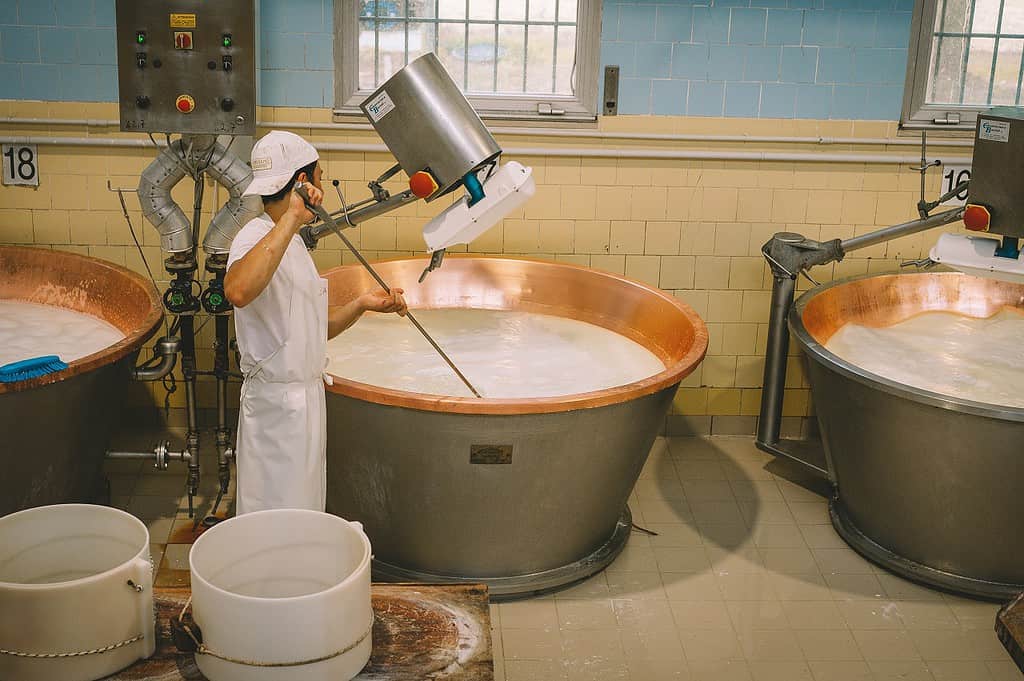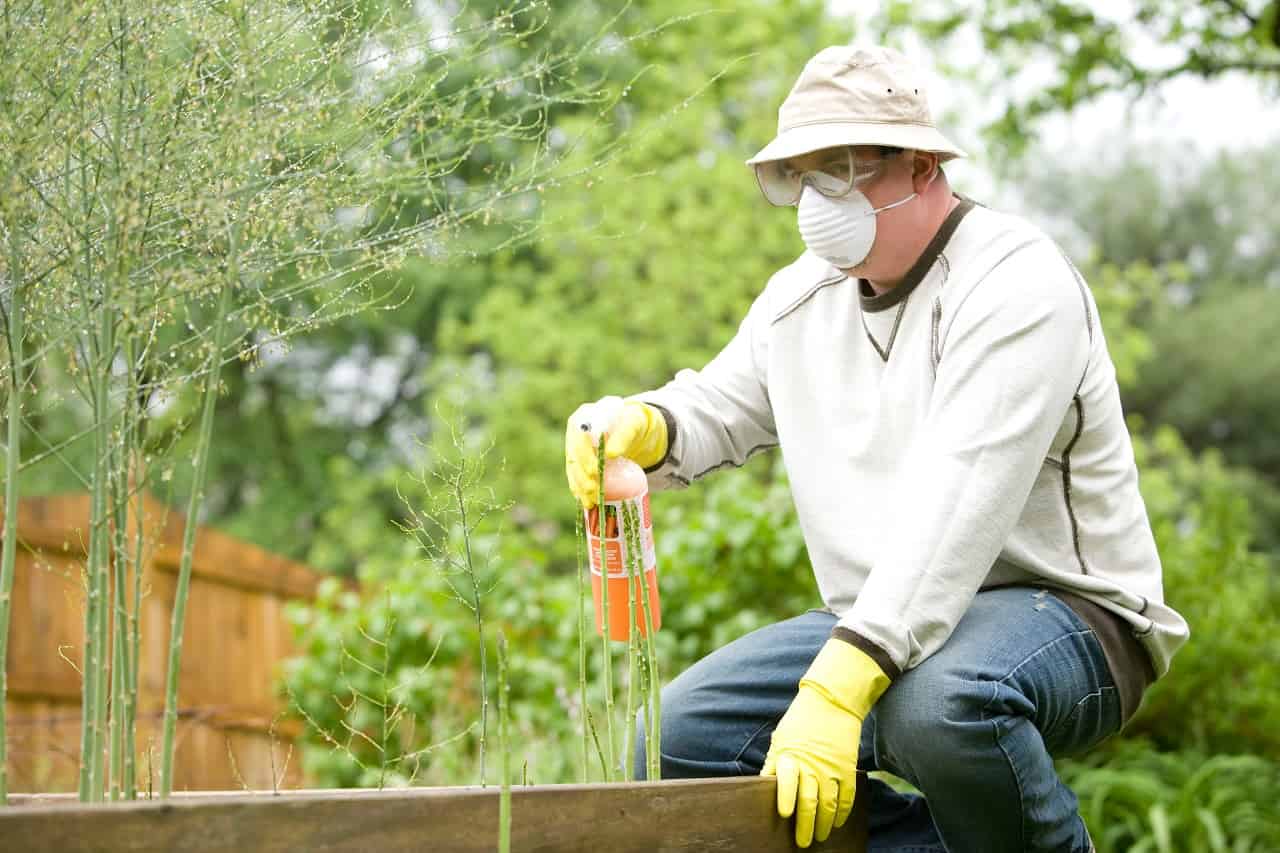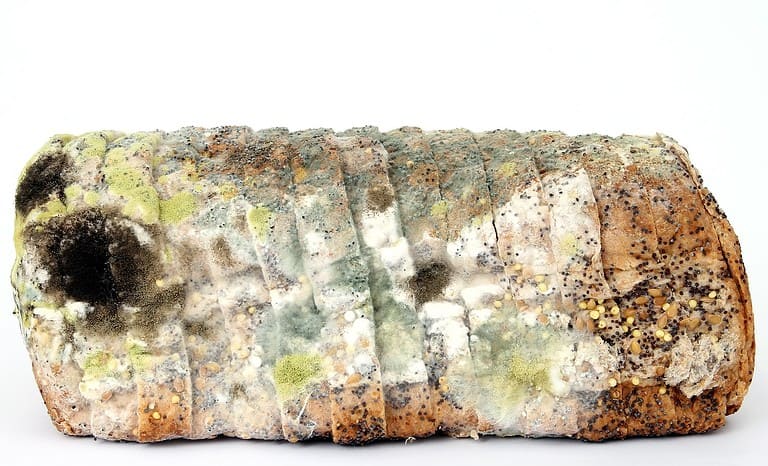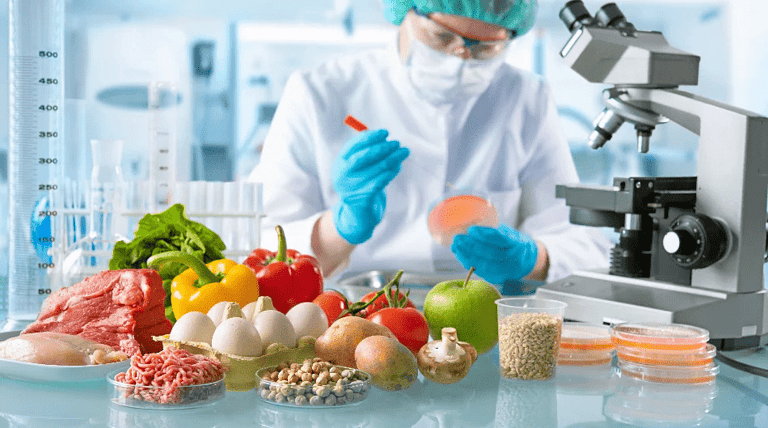Food Contamination: Causes, Effects, and Prevention
Food contamination is a major concern for individuals and organizations involved in the food production and supply chain. It refers to the presence of harmful substances or materials on food products and raw materials, which can pose a serious threat to human health. Contaminants can be physical, biological, or chemical in nature and can occur at any stage of the food production process, from farm to fork.
Food contamination can result from a variety of sources, including improper handling, storage, or preparation of food, as well as contamination during transportation or processing. The most common types of food contaminants include bacteria, viruses, parasites, allergens, and chemical substances such as pesticides, heavy metals, and environmental pollutants. These contaminants can cause a range of health problems, from mild food poisoning to serious illnesses such as cancer and neurological disorders.
Preventing food contamination is essential to ensure the safety and quality of food products. This requires a comprehensive approach that includes proper hygiene practices, adequate storage and handling procedures, regular testing and monitoring, and strict adherence to food safety regulations and standards. By taking these measures, we can reduce the risk of food contamination and protect the health and well-being of consumers.
Causes of Food Contamination
Food contamination can occur due to various factors. Some of the common causes of food contamination are biological, chemical and physical contamination.
Biological Contamination
Biological contamination occurs when food is contaminated with harmful bacteria, viruses, parasites, or other microorganisms. These microorganisms can cause foodborne illnesses and infections, leading to serious health issues. Biological contamination can occur at any stage of the food production process, from farming and harvesting to processing, packaging and storage. Some of the common sources of biological contamination are:

- Poor personal hygiene of food handlers
- Contaminated water used for farming and processing
- Contaminated soil or manure used for farming
- Contaminated equipment and utensils used for processing and storage
- Improper storage and handling of food products
Chemical Contamination
Chemical contamination occurs when food is contaminated with harmful chemicals such as pesticides, cleaning agents and other toxic substances. Chemical contamination can occur due to various reasons, such as:
- Use of pesticides and other chemicals in farming
- Contamination of water sources with industrial chemicals
- Use of contaminated equipment and utensils in processing and storage
- Accidental or intentional contamination of food products during processing or packaging
Physical Contamination
Physical contamination occurs when food is contaminated with foreign objects such as glass, metal, plastic or other materials. Physical contamination can occur due to various reasons, such as:
- Accidental inclusion of foreign objects during processing or packaging
- Use of contaminated equipment and utensils in processing and storage
- Contamination of food products with packaging materials
- Presence of pests and rodents in food storage areas
It is important to prevent food contamination by following good hygiene practices, using proper equipment and utensils and storing and handling food products properly. Regular inspection and monitoring of food products can also help prevent contamination and ensure food safety.
Effects of Food Contamination
Food contamination can have various harmful effects on human health. It can cause foodborne illnesses, allergic reactions and long-term health effects. Here are some of the effects of food contamination:
Foodborne Illnesses
Foodborne illnesses are caused by consuming contaminated food or beverages. Contaminants can include bacteria, viruses, parasites and toxins. The most common symptoms of foodborne illnesses are:
- Diarrhea
- Stomach pain or cramps
- Nausea
- Vomiting
- Fever
The severity of the symptoms can vary depending on the contaminant and the individual’s health. Some foodborne illnesses can be life-threatening, especially for young children, pregnant women, elderly people, and people with weakened immune systems.
Allergic Reactions
Food contamination can also cause allergic reactions in some individuals. Allergic reactions occur when the immune system overreacts to a specific food protein. The symptoms of allergic reactions can range from mild to severe and can include:
- Hives
- Swelling of the face, lips, tongue or throat
- Difficulty breathing
- Drop in blood pressure
Severe allergic reactions, also known as anaphylaxis, can be life-threatening and require immediate medical attention.
Long-term Health Effects
Food contamination can also have long-term health effects, especially if the contaminant is a toxic substance. Prolonged exposure to certain toxins can lead to chronic health problems such as:
- Cancer
- Neurological disorders
- Reproductive problems
- Developmental delays
It is essential to take steps to prevent food contamination to avoid these harmful effects on human health.
Prevention of Food Contamination

Proper Food Handling and Storage
One of the most important ways to prevent food contamination is through proper food handling and storage. This includes keeping raw meat, poultry and seafood separate from ready-to-eat foods, washing hands and surfaces often, and cooking foods to the appropriate temperature. Additionally, perishable foods should be stored in the refrigerator at or below 40°F and frozen foods at or below 0°F to prevent the growth of harmful bacteria.
Food Safety Regulations
Food safety regulations are put in place to ensure that food is safe for consumption. The FDA and USDA set standards for food production, processing and labeling to help prevent contamination. These regulations include requirements for food facilities to have a Hazard Analysis and Critical Control Points (HACCP) plan in place, which identifies potential hazards and outlines steps to prevent them.
Testing and Inspection
Regular testing and inspection of food products can help identify potential sources of contamination before they reach consumers. This includes testing for pathogens such as Salmonella and E. coli, as well as inspecting facilities and equipment for cleanliness and proper maintenance. Overall, preventing food contamination requires a combination of proper food handling and storage, adherence to food safety regulations and regular testing and inspection. By taking these steps, we can help ensure that the food we eat is safe and free from harmful contaminants.
Contaminated Food Recall
Recall Process
When a food product is found to be contaminated, it may be recalled by the manufacturer or the government. The recall process involves identifying the contaminated product, notifying the public, and removing the product from the market. The government may issue a recall if it determines that the manufacturer is not taking sufficient action to protect public health.
Consumer Response
Consumers who have purchased a recalled product should stop using it immediately and return it to the store where it was purchased for a refund. It is important to follow the instructions provided by the manufacturer or government agency issuing the recall to ensure that the product is properly disposed of or returned.
Impact on Food Industry
Food recalls can have a significant impact on the food industry. Manufacturers may face financial losses due to the cost of the recall and the loss of sales. The reputation of the manufacturer may also be damaged, which can lead to a loss of consumer trust and a decline in sales. In addition, the government may increase its oversight of the manufacturer and require additional testing and quality control measures to prevent future contamination incidents. In order to prevent contaminated food from reaching consumers, it is important for manufacturers to have strong quality control measures in place and to respond quickly and effectively to any contamination incidents. Consumers can also play a role in food safety by being aware of recalls and taking appropriate action when necessary.
Conclusion
Food contamination is a serious issue that can have harmful effects on human health. The causes of contamination are varied and can include improper handling, storage and processing of food. The effects of contamination can range from mild to severe and can include foodborne illness, allergic reactions and even death.
However, some steps can be taken to prevent contamination, such as proper sanitation, storage and cooking techniques. Individuals and food industry professionals alike need to be aware of the risks of contamination and take appropriate measures to prevent it. By working together and implementing best practices, we can help ensure that the food we eat is safe and healthy for everyone.







